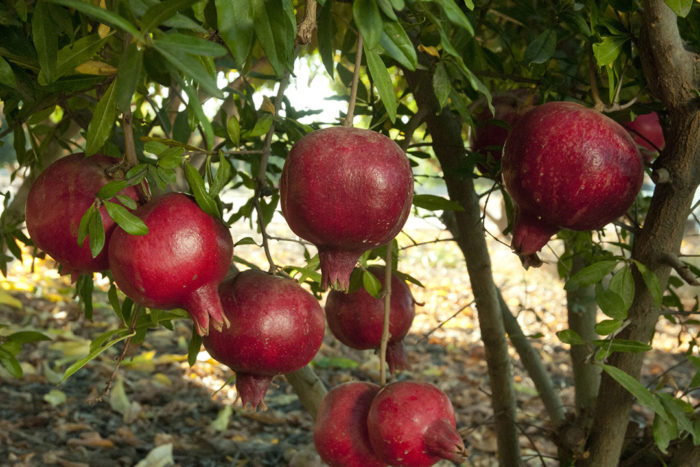
Native to Persia and the Himalayas of Northern India, and cultivated since the Early Bronze Age, the much-revered pomegranate (Punica granatum, Zones 7–11) arrived in California in 1769 with Spanish colonizers. Pomegranate trees are long-lived, drought-tolerant, deciduous plants with glossy, bronze-tinted, bright green leaves. A showy, long-lasting spring and summertime display of hummingbird-attracting orange-red tubular flowers is followed by an abundant fall harvest of remarkable fruit—round, brightly colored, and filled with shiny red (or sometimes pink or even clear) arils containing sweet, tangy, extraordinarily nutritious juice AND a small, nutrient-packed seed in the middle. Just one cup of the delicious juice covers more than 40% of your daily vitamin C needs and is full of antioxidants, B vitamins, vitamin K, and a variety of minerals including calcium, iron, and potassium. Here is a step-by-step guide on how to grow your own pomegranates, along with descriptions of some of my favorite varieties.
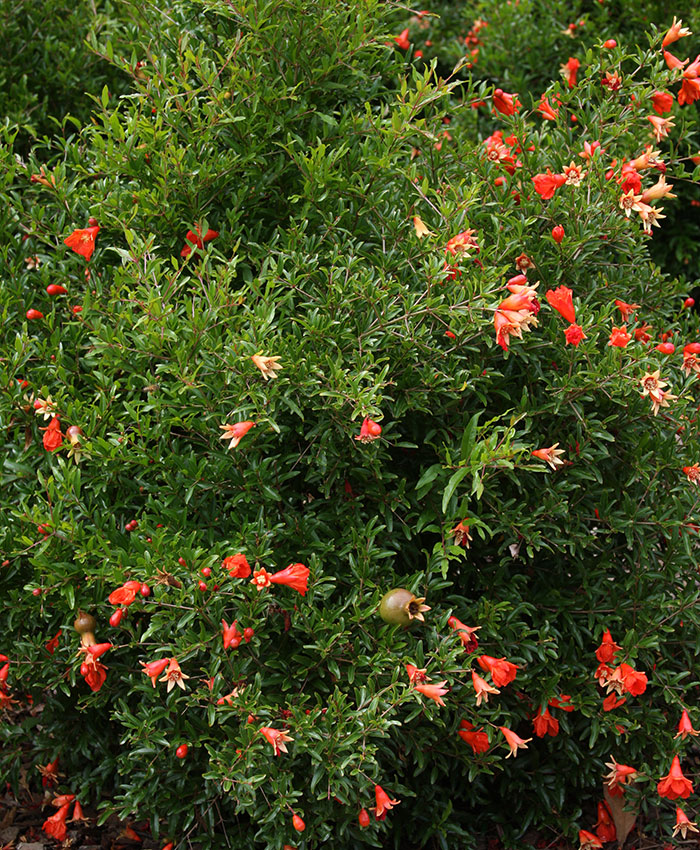
Growing your own
Plant your pomegranate tree in a sunny location. Apart from needing good drainage, they’re not fussy about soil, though good compost and the addition of a handful of well-balanced, organic fertilizer is always appreciated at planting time. Pomegranates do best with regular, deep irrigation until established; after that, they are drought tolerant. However, they will produce bigger harvests and better fruit if kept on a consistent (lighter) irrigation schedule during dryer months even when mature. Overwatering or uneven watering can result in cracked fruit, decreased production, and other problems, so consistency is key. Most pomegranate varieties require between 100 to 250 chill hours*—making the summer-dry climate of Northern California’s Zones 8–11 ideal. They are virtually pest and problem free, but watch for aphids if it’s a particularly wet spring, and treat if needed.
Size: Pomegranates, unless trained otherwise, are dense, bushy, multitrunked, large shrubs that will reach up to 15 feet high and wide if left alone, but take well to shaping and can be easily kept to the desired size. With regular maintenance, a pomegranate can be grown as a tidy single-trunked tree, or trained into an attractive three-to-five-trunked specimen (my personal favorite). They can also be shaped and sheared into hedge form if desired, but this will greatly limit fruit production.
Fruiting: Pomegranates fruit on new shoots that come from old wood, so be conscious of this when pruning, as cutting back too much new growth can result in diminished harvests in subsequent years. Pomegranates begin to fruit within two years of planting (depending on the age of the newly purchased tree), but usually it takes four to five years for the tree to mature sufficiently and produce bountiful harvests.
Harvesting: A pomegranate fruit is ripe and ready for picking when it feels heavy, has a “metallic” sound when tapped, and has achieved its shine and mature skin color. Enjoy it immediately, or refrigerate it whole for up to three months. You can also make juice from your pomegranates, carefully straining out the seeds. Freeze for up to six months OR transform them into delicious jellies or syrups.
Here are some of my favorite pomegranate cultivars, each of which does well in our region.
‘Eversweet’ pomegranate (Punica granatum ‘Eversweet’, Zones 8–10)
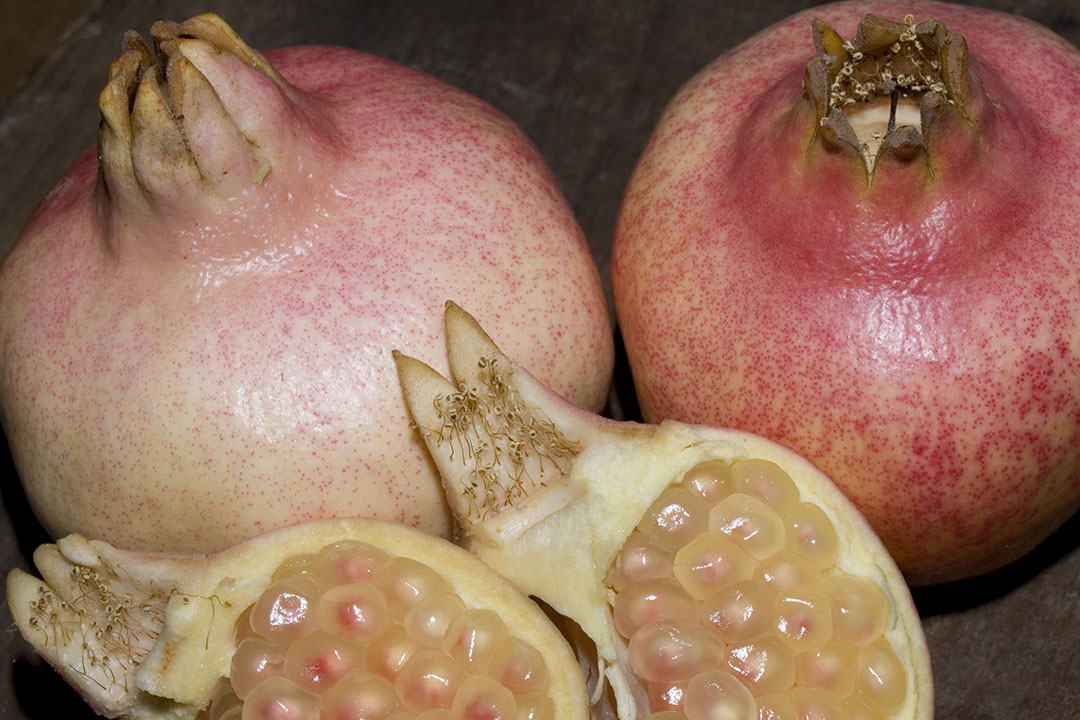
Harvest: Late August to late September
Performing equally well in coastal or inland areas, ‘Eversweet’ produces generous crops of round, deep pink, soft-seeded fruit that’s extremely sweet (even immature fruits are sweet) with pale pink interiors full of clear, nonstaining juice. This tidier variety grows to an arching spread of 8 to 10 feet tall.
‘Sweet’ pomegranate (Punica granatum ‘Sweet’, Zones 7–10)
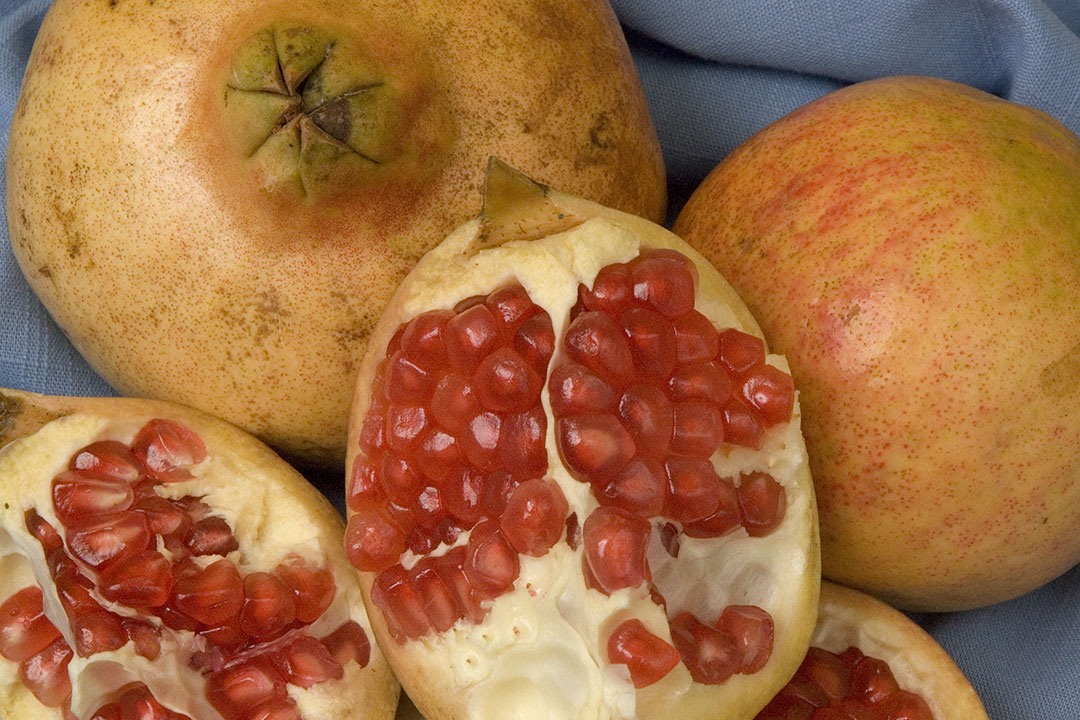
Harvest: Late August through September
Early, high-yielding, and widely adaptable (performing well even in cool-summer areas), ‘Sweet’ produces an abundance of large, pink-skinned fruit with very sweet, juicy, light pink arils inside which contain pink juice! Reaching 12 feet tall, this small tree is a good candidate for training as an espalier or for container growing.
‘Parfianka’ pomegranate (Punica granatum ‘Parfianka’, Zones 7–10)
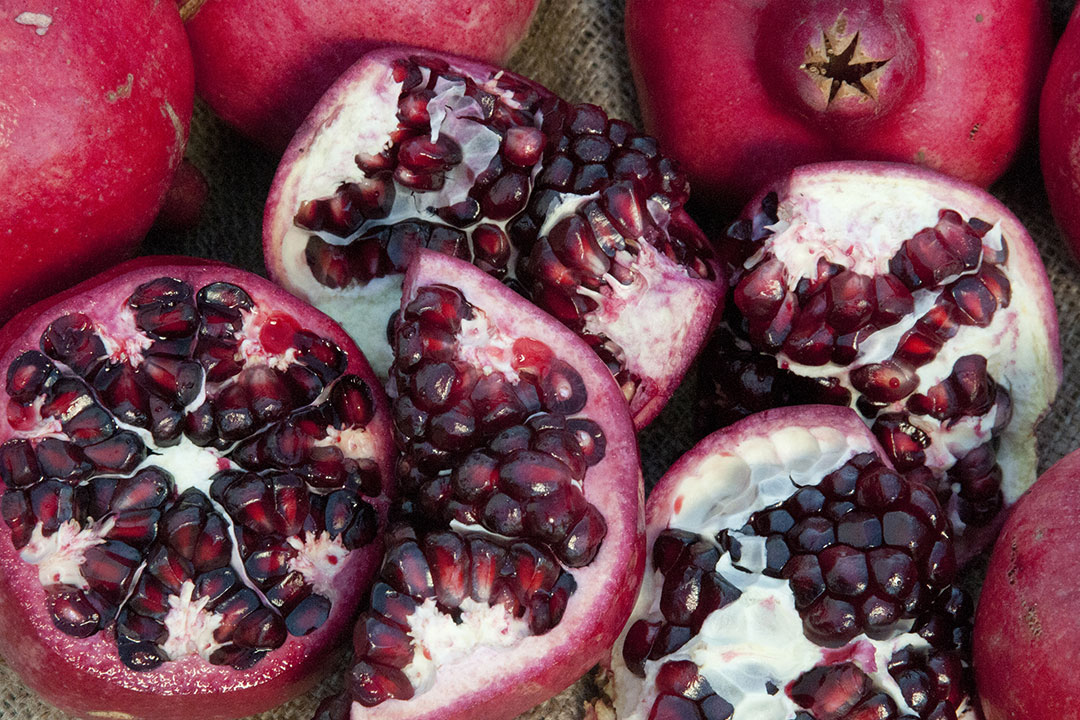
Harvest: Early September to October
A vigorous, upright grower, ‘Parfianka’ reliably produces heavy crops of big, red-skinned fruit. Consistently winning awards for flavor, ‘Parfianka’ is filled with sweet, slightly tart, deep red arils and is said to produce juice that tastes just like a cherry slushy.
‘Ambrosia’ pomegranate (Punica granatum ‘Ambrosia’, Zones 7–11)
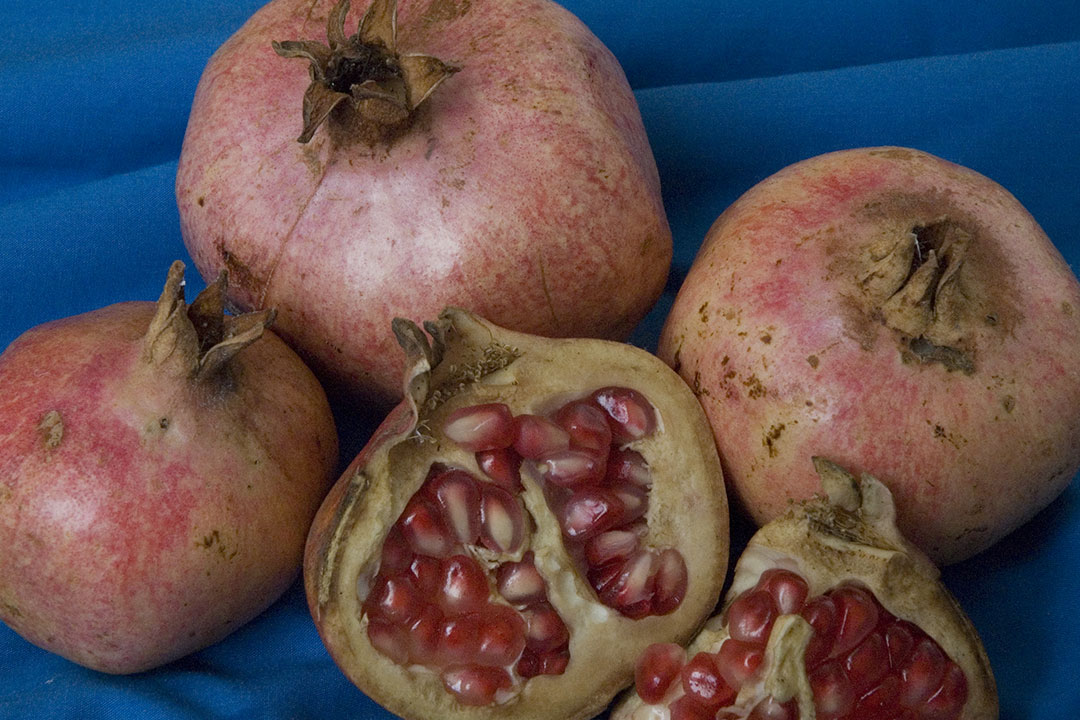
Harvest: September to early October
Best known for its enormous pale pink fruits (three times bigger than a “regular-sized” pomegranate) ‘Ambrosia’ is adaptable to different growing conditions, performing as well inland as it does in cooler areas. Deep red, very juicy arils produce a classic purple, deliciously flavored, sweet-tart juice.
* A dormant fruit tree will not successfully leaf out, flower, or produce fruit until the appropriate chill requirements (the “chill hours”) have been met, followed by a certain amount of warm weather. Chill hours are the number of fall and winter hours that fall below 45°F that the fruit tree experiences during its dormant period—the time between autumn leaf fall and spring bud break. As chilling is quite complex and difficult to measure, listed fruit tree chill requirements are generally approximate or estimated. Varieties better adapted to colder climates usually have chilling requirements between 800 to 1,000 hours. “Low-chill” varieties, adapted to warm-winter climates, might require 500 or even fewer chill hours (as in the case of these pomegranates).
—Fionuala Campion is the owner and manager of Cottage Gardens of Petaluma in Petaluma, California.
Fine Gardening Recommended Products

Hasegawa Tripod Ladder
Fine Gardening receives a commission for items purchased through links on this site, including Amazon Associates and other affiliate advertising programs.

Berry & Bird Rabbiting Spade, Trenching Shovel
Fine Gardening receives a commission for items purchased through links on this site, including Amazon Associates and other affiliate advertising programs.

ARS Telescoping Long Reach Pruner
Fine Gardening receives a commission for items purchased through links on this site, including Amazon Associates and other affiliate advertising programs.


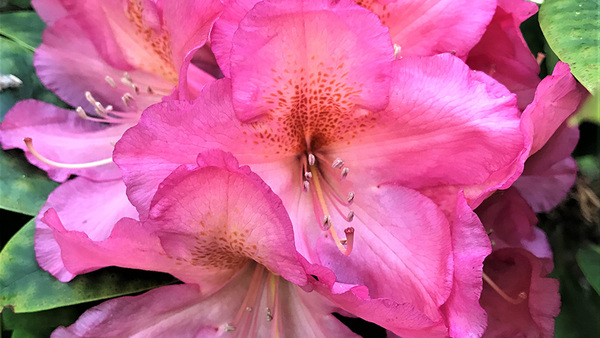

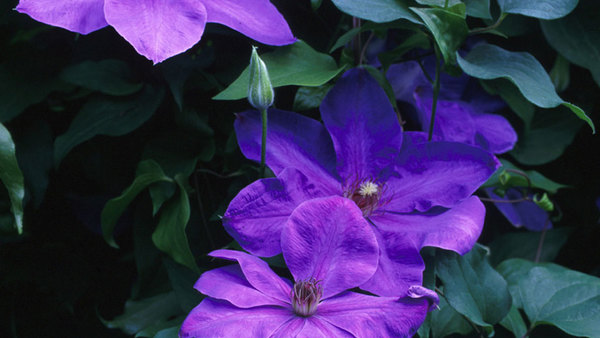














Comments
Log in or create an account to post a comment.
Sign up Log in